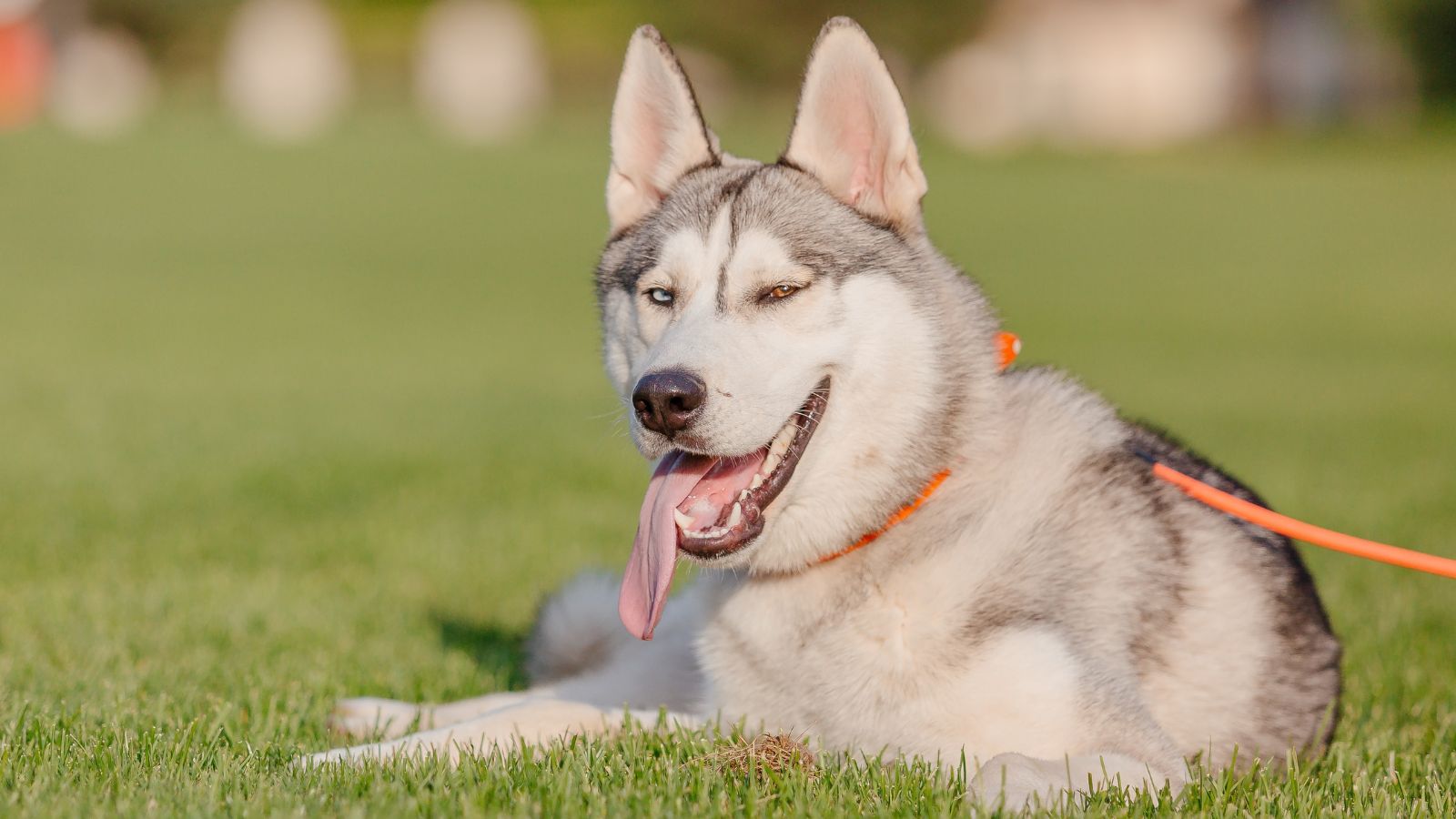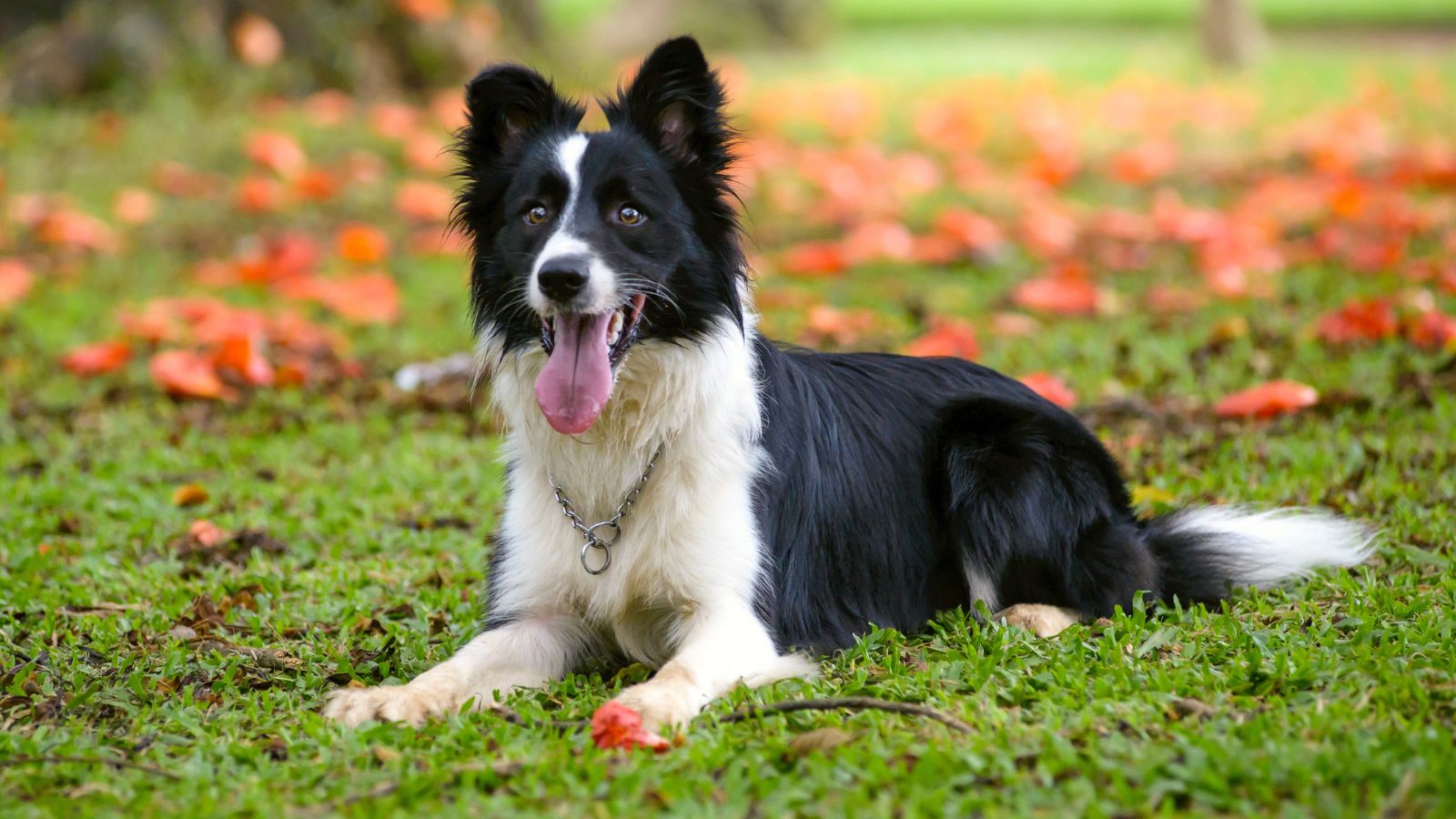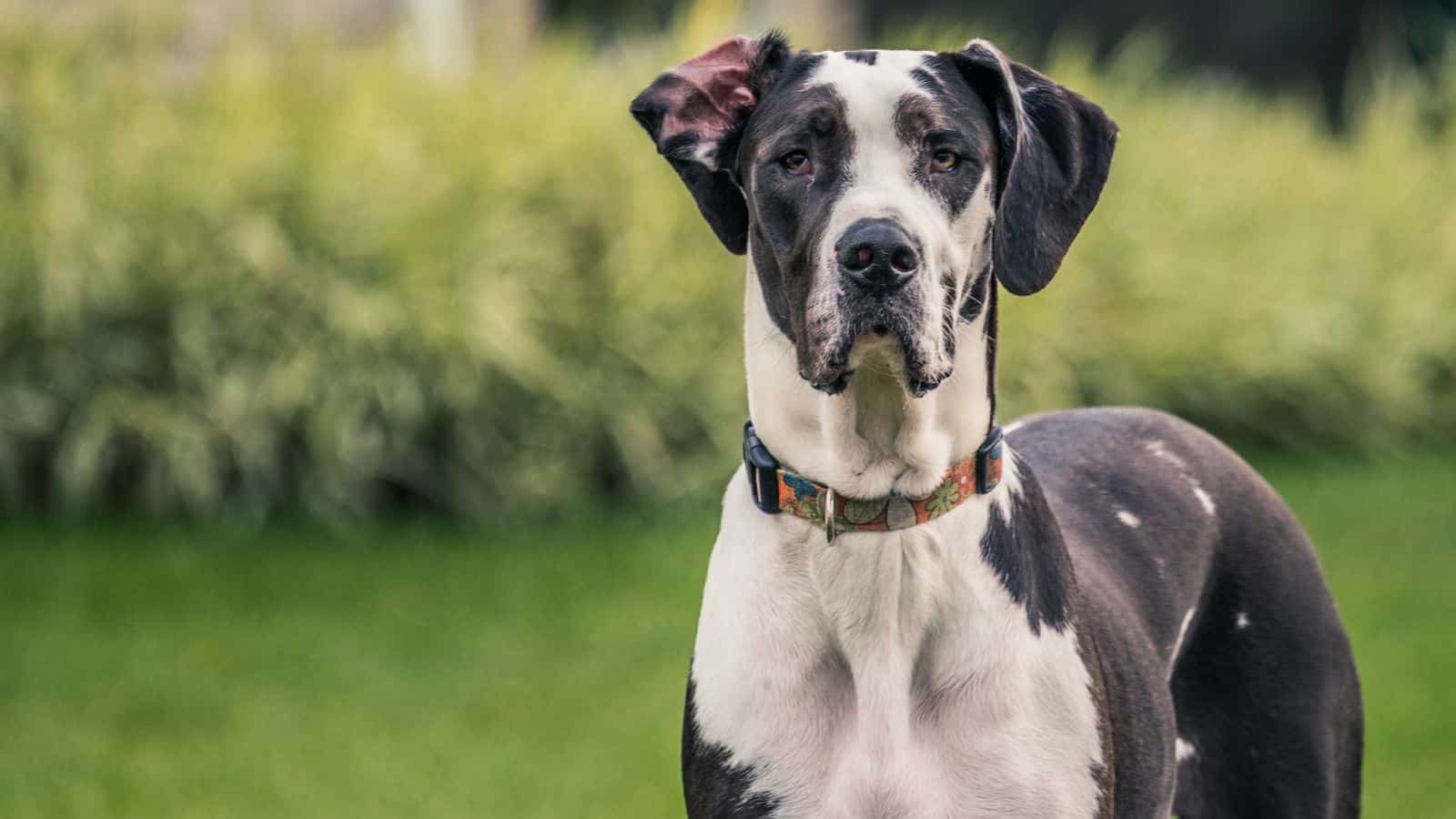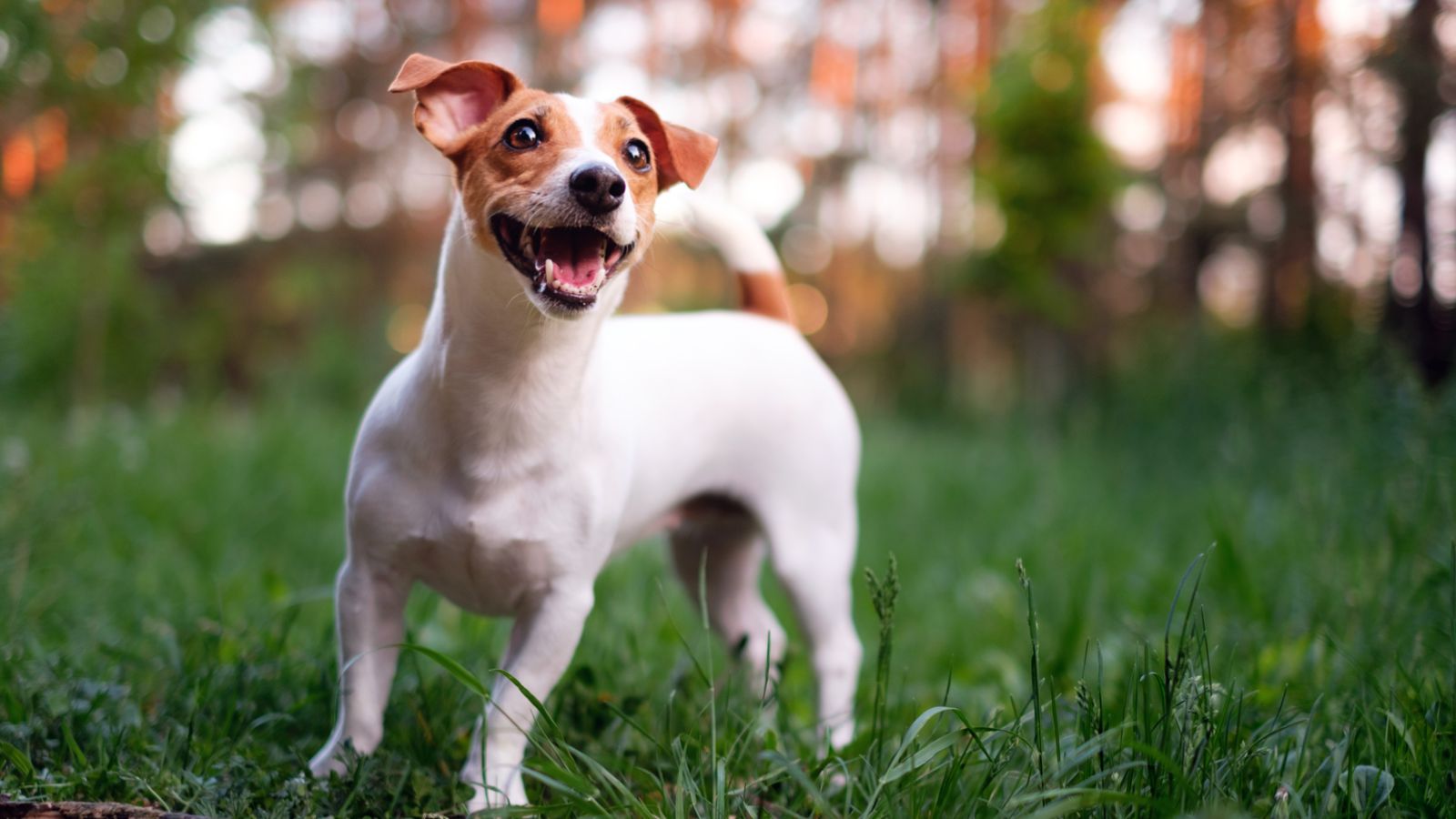Owning a dog can be extremely rewarding. However, certain breeds, despite their adorable appearance or beloved reputation, may come with challenges that make individuals regret choosing them. Here are 17 dog breeds that people often come to regret adopting.
Dalmatian

Popularized by Disney’s 101 Dalmations, these dogs are highly energetic, which can be challenging for non-active owners. Some individuals will struggle with their extensive exercise demands, particularly as they are also quite tricky to train. Dalmatians are prone to genetic health issues, such as urinary stones and deafness, which could result in high vet bills.
Chow Chow

Individuals sometimes regret adopting Chow Chows due to their independent nature. This can make them appear less affectionate than other breeds, which is an issue for owners looking to have a loyal companion. Despite this, these dogs can become aggressive toward other animals and humans without adequate socialization. The Chow Chow’s thick coat also demands extensive grooming, requiring ample free time.
Belgian Malinois

According to The Spruce Pets, this herd dog is known for its high energy and requirement for exercise, which could be a problem for non-active owners who can’t keep up. They demand a task to maintain mental and physical health, as they were initially bred for work. Additionally, they typically need advanced training, which isn’t always appropriate for those buying a dog for the first time.
Siberian Husky

Known for their ability to escape confinement, Siberian Huskies are challenging to keep under control. Also, they have a powerful instinct to chase, and their howls and whines can irritate those living in noise-sensitive living spaces.
English Bulldog

While English Bulldogs are widely popular, they come with various health issues, including skin, joint, and respiratory problems. These can all lead to high vet bills, which may be unaffordable for some. They are also susceptible to heat exhaustion due to their flat faces. Coupled with their low exercise tolerance, English Bulldogs may take you to the vet more often than you’d like.
Jack Russell Terrier

Always Pets claims that Jack Russell Terriers are balls of energy that many owners can’t keep up with. With a high prey drive and sky-high energy levels, Jack Russell Terriers can also be stubborn and challenging to train without the utmost patience.
Afghan Hound

The Afghan Hound can be a time-consuming and expensive breed when grooming their long, luxurious coats, and its solid demands for exercise can be overwhelming for some owners. The Afghan Hound’s aloof personality can often be mistaken for stubbornness.
Weimaraner

The Weimaraner is well-known for its severe separation anxiety, which can result in destructive behavior if it is left alone. This means it is unsuitable for owners who spend much time away from home. Like many other large breeds, this dog requires a lot of physical activity, making it an inappropriate choice for inactive owners or apartment buildings.
Cane Corso

The Cane Corso demands a lot of socialization to avoid aggression toward animals and strangers, which can be tiring and requires extensive patience. The Mastiff Guide describes this breed as strong-willed, meaning they are difficult to train and can become overprotective with their dominant personality.
Bullmastiff

Like the Cane Corso, the Bullmastiff can put off many owners with its unhygienic drool. The addition of high-cost vet bills tied to the Bullmastiff’s potential health conditions, such as hip dysplasia and cancer, may put individuals off.
Border Collie

While popular among first-time dog owners, Border Collies come with various challenges. They demand constant mental engagement to avoid destructive behavior due to their high intelligence. This herding dog requires frequent physical activity, making it less suitable for less active owners in smaller living spaces.
Akita

The Japanese Akita is known for displaying aggression toward other dogs and strangers if lacking socialization, making it a challenge for owners who can’t keep up with these demands. According to Your Purebred Puppy, this dog breed is strong-willed, assertive, and bores easily, making it tricky to train.
Great Dane

Due to its vast size, the Great Dane requires ample space to move around and exercise, making it a poor choice for those living in small houses and those who can only be active occasionally. Unfortunately, their large size and numerous health concerns contribute to this dog breed’s short lifespan.
Rottweiler

Often used by the police, the Rottweiler is noted for its notorious aggression, which can result from a lack of socialization, exercise, and mental stimulation. Owners must provide Rottweilers with activities focused on socialization and show consistent leadership to avoid dominance problems.
Saint Bernard

Colorado Saint Bernard Rescue notes there are many downsides to owning a Saint Bernard, including the fact that owners must accommodate a larger size and health concerns, including eye problems, cancer, and hip dysplasia.
Shar-Pei

This southern Chinese breed is prone to skin issues because of its unique folds, leading to a high-maintenance care routine many owners won’t be able to commit to. Alongside maintenance challenges, this dog breed can also be stubborn, requiring a lot of patience when it comes to training.
Neapolitan Mastiff

This wrinkled breed has various vulnerabilities to genetic issues, including joint dysplasia and heart conditions. This can add to expensive medical bills that some owners may struggle to pay. High-maintenance grooming can also contribute to higher bills. CF

